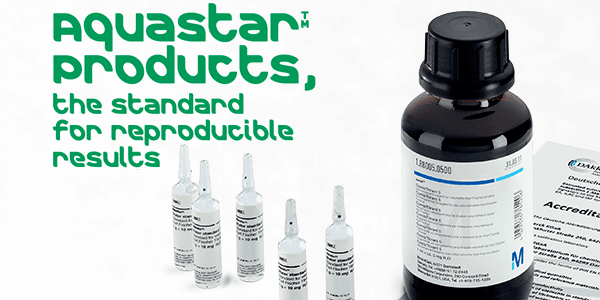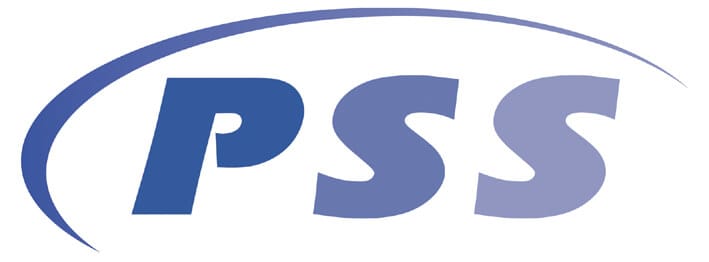In 2003, an EU Directive[1] restricting the use of allergenic compounds in fragrances was released. The Directive named a total of 26 allergens, stating that they should be labelled if present at >100 ppm in ‘wash-off’ products (such as shower gels), or >10 ppm in ‘leave-on’ products (such as perfumes).
Compliance with this Directive therefore requires that these compounds are identified and quantified accurately, which is a considerable challenge due to the complex matrix and wide concentration ranges involved.[2]
Currently, this necessitates the use of different stationary phases to achieve the required chromatographic resolution for each target compound, making it a laborious process.[3] Given the proposal to expand the list of monitored allergens to over 80 individual compounds,[4] this process will only become more demanding.
To tackle this issue, the fragrance industry has turned to comprehensive twodimensional GC coupled with time-of-flight mass spectrometry (GC×GC–TOF MS).[5] The enhanced separation capacity copes with the most complex of matrices, while the commercialisation of simple, consumable-free flow modulation devices has made routine use more feasible.

This preliminary study evaluates the use of GC×GC with parallel detection by flame ionisation detection (FID) and TOF MS for an extended list of 84 allergens. This enables robust quantitation and confident identification in a single run, making it an ideal system for R&D labs requiring full sample characterisation. Moreover, once method optimisation and validation is complete, the excellent repeatability of flow modulation allows the method to be easily translated across GC×GC–FID systems in multiple quality-control laboratories.
Experimental
Sample preparation: A series of calibration standards ranging from 3.2–400 μg/mL were prepared for a mixture of 84 allergens (plus 1,4-dibromobenzene as an internal standard) in methyl tert-butyl ether (MTBE). The essential oils and the perfume mix were diluted in MTBE to 0.5% and 1.5%, respectively. GC×GC: Injector: Split/splitless; Injection volume: 1.0 μL; Split 25:1. Flow modulator: INSIGHT™ (SepSolve Analytical). A splitter was used to direct the flow to the TOF MS and FID detectors in the ratio 1:4. TOF MS: Instrument: BenchTOF-Select™ (Markes International). Software: ChromSpace® GC×GC software (Markes International). Please contact SepSolve for full analytical parameters.





